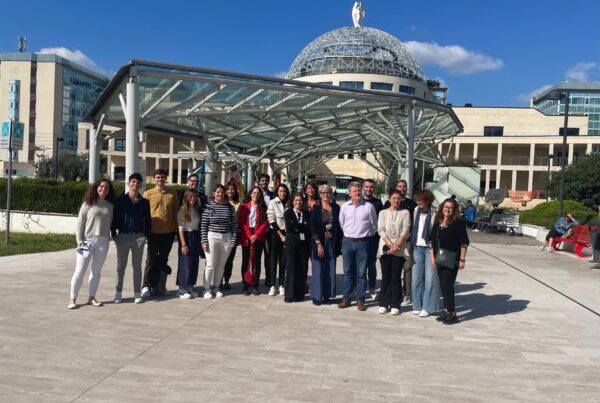May 18th was HIV Vaccine Awareness Day. Over 40 million people are currently living with HIV, yet there is still not an effective vaccine. Despite decades of research, this virus remains one of the toughest to tackle. Vaccines have helped us fight off many deadly diseases—but HIV-1 is different. Its unique ability to evade the immune system makes vaccine development incredibly challenging.
A Virus Unlike Any Other
HIV-1 is very difficult to target with vaccines due to its genetic diversity and rapid mutation rate. The virus’s envelope protein (Env), the main target for neutralizing antibodies undergoes constant structural changes, making it a moving target for the immune system.
Lessons from the Past
A recent review traces the history of vaccine attempts, from traditional inactivated and protein-based vaccines to more modern strategies like viral vectors and mRNA platforms. One of the most promising avenues has been the development of broadly neutralizing antibodies, which can target conserved regions of the virus. However, inducing these antibodies through vaccination has proven difficult due to the complex maturation process required.
The Role of T Cells and In Silico Design
The review also emphasizes the importance of T-cell responses in controlling HIV. Bioinformatics tools are now being used to design vaccines that include conserved T-cell epitopes, potentially offering broader protection across different HIV strains. Advances in mRNA technology, structural biology, and computational modeling are accelerating the pace of vaccine development and several new candidates are currently in clinical trials.






